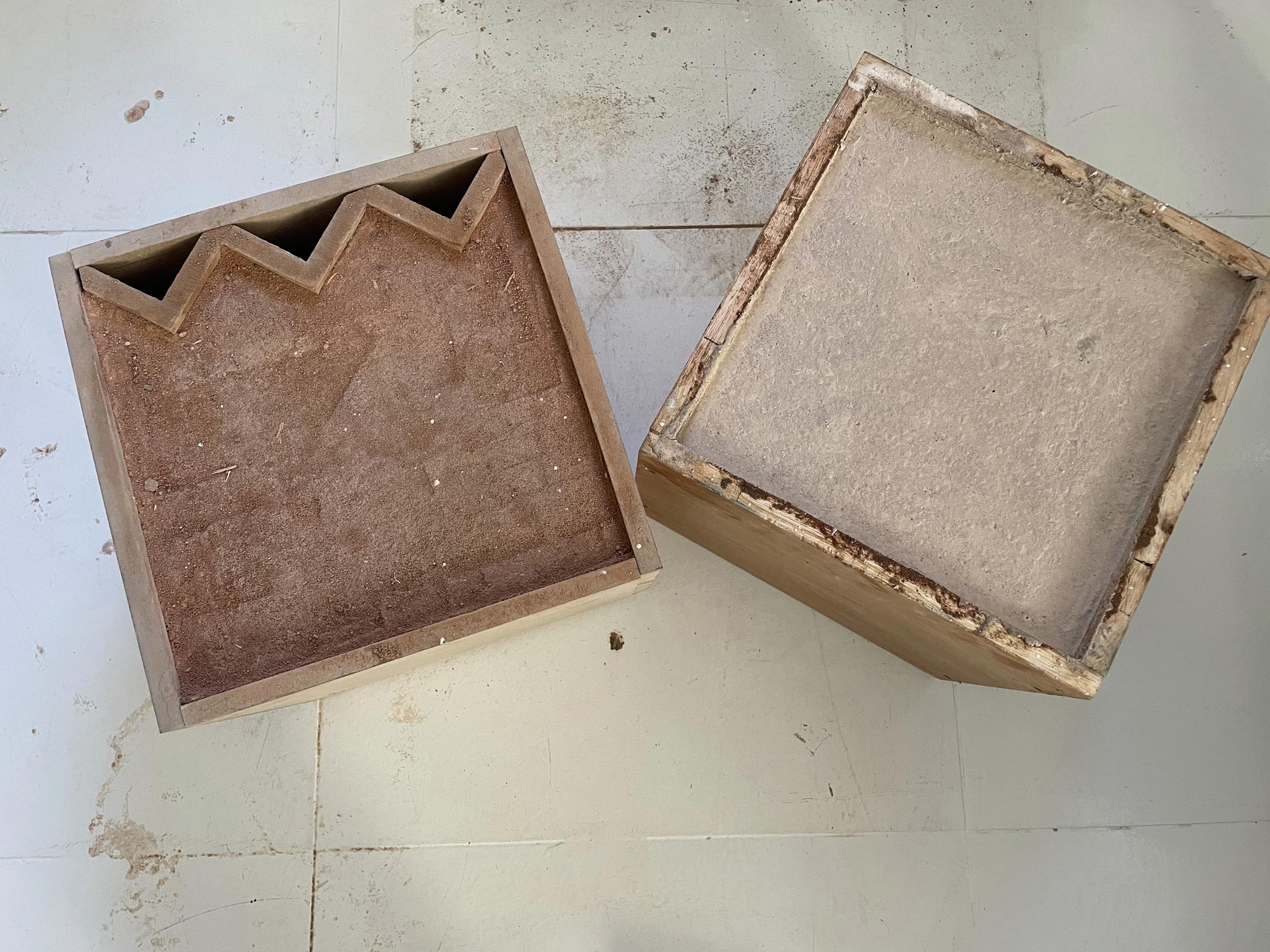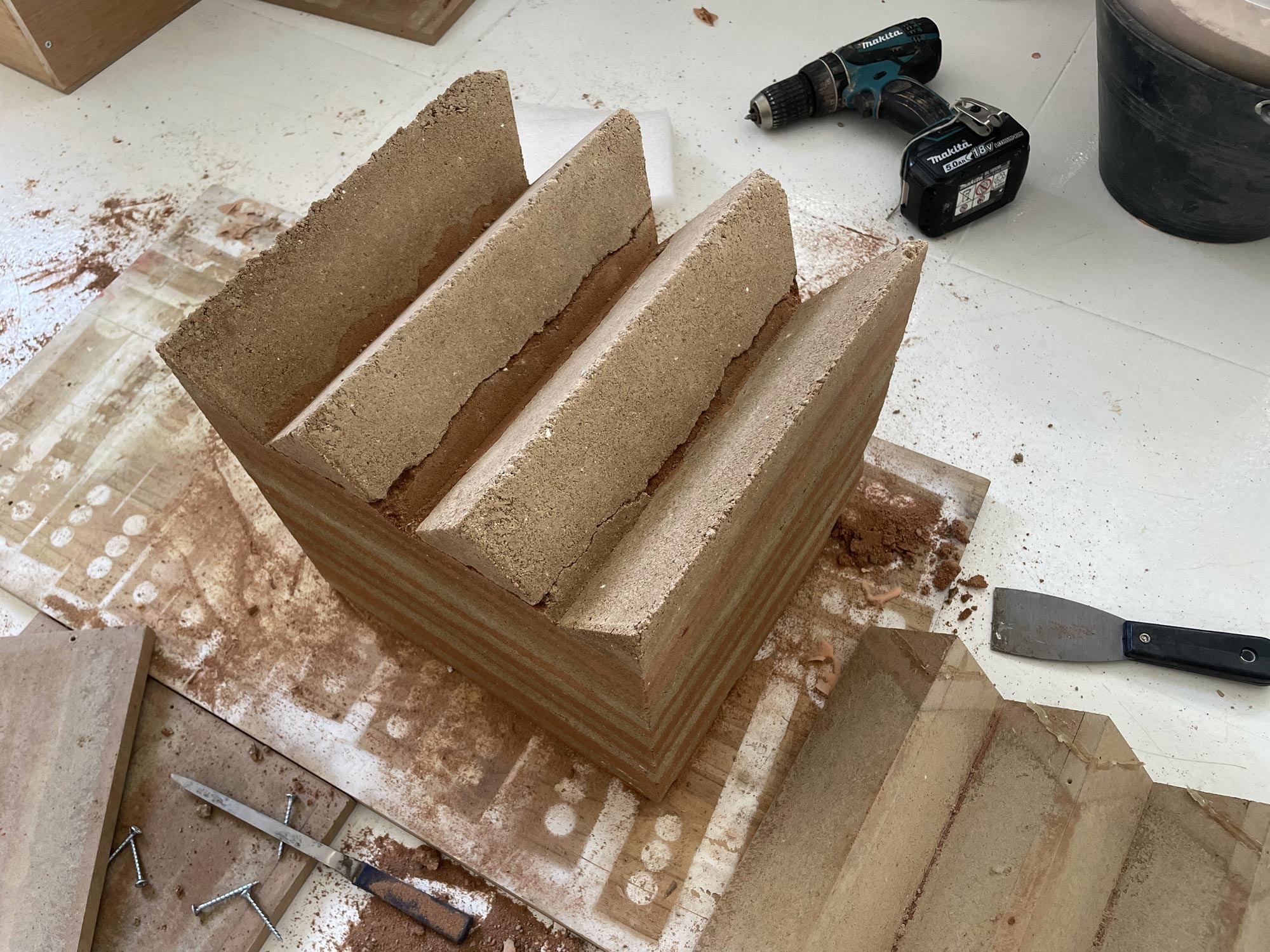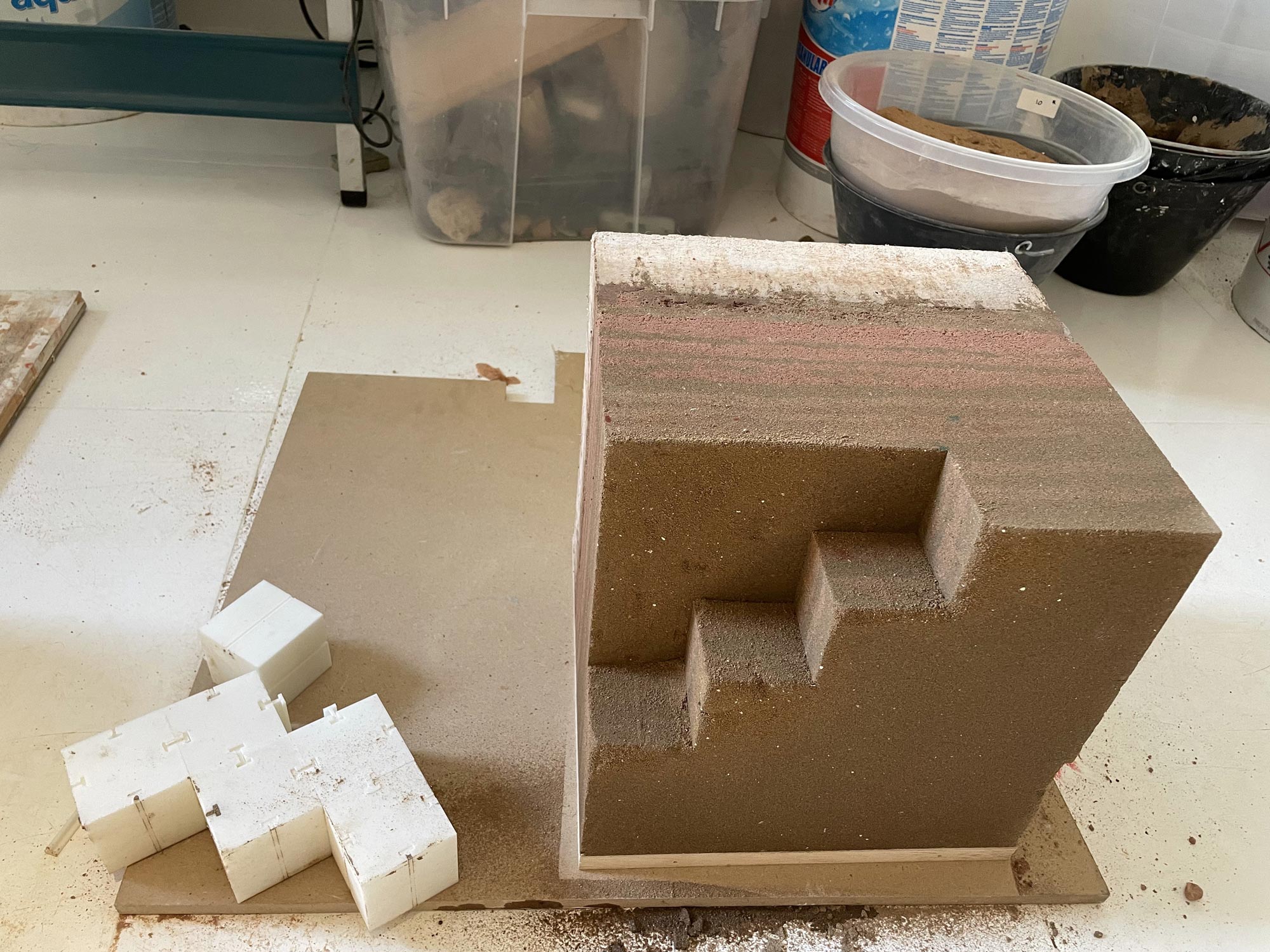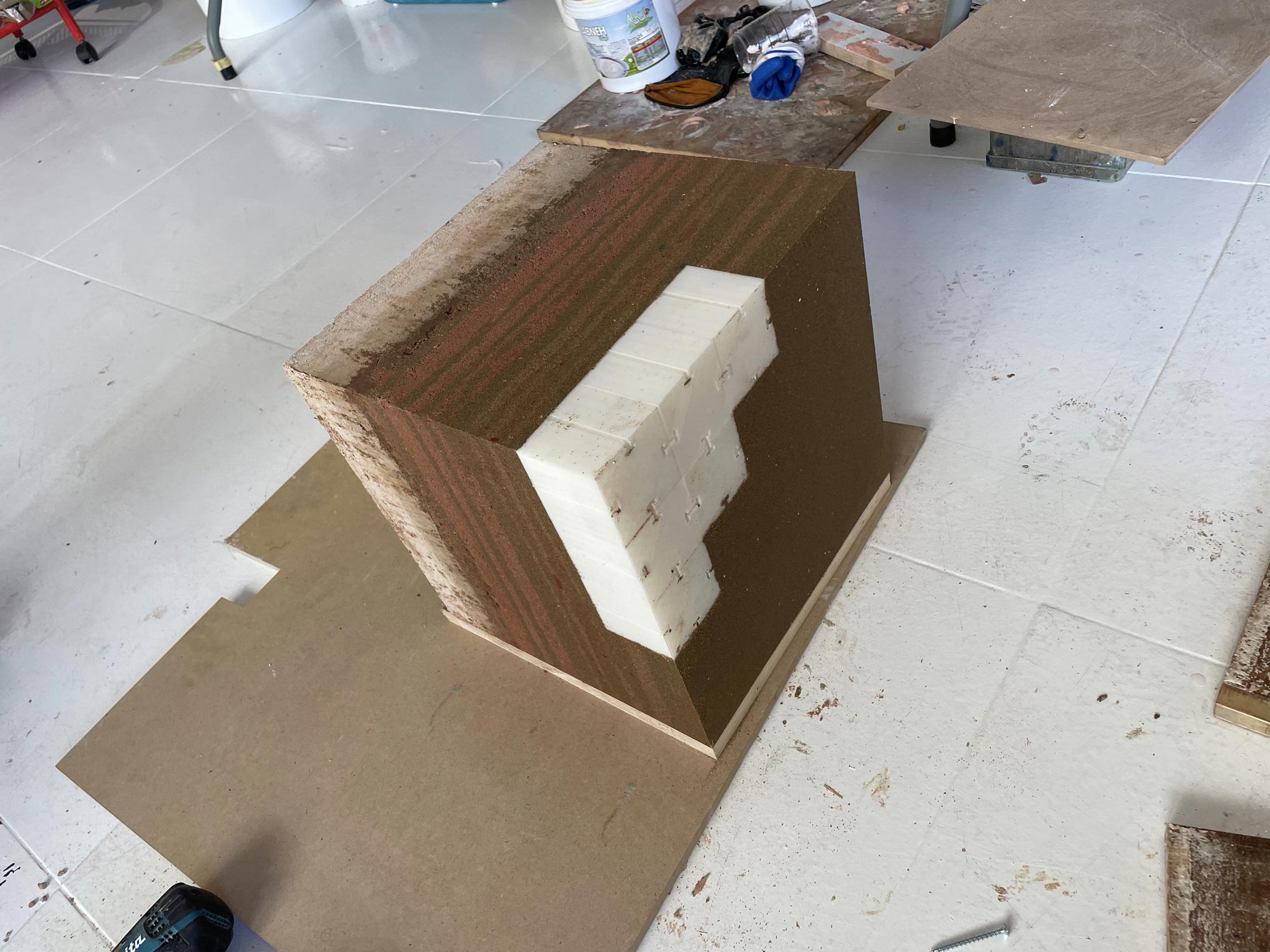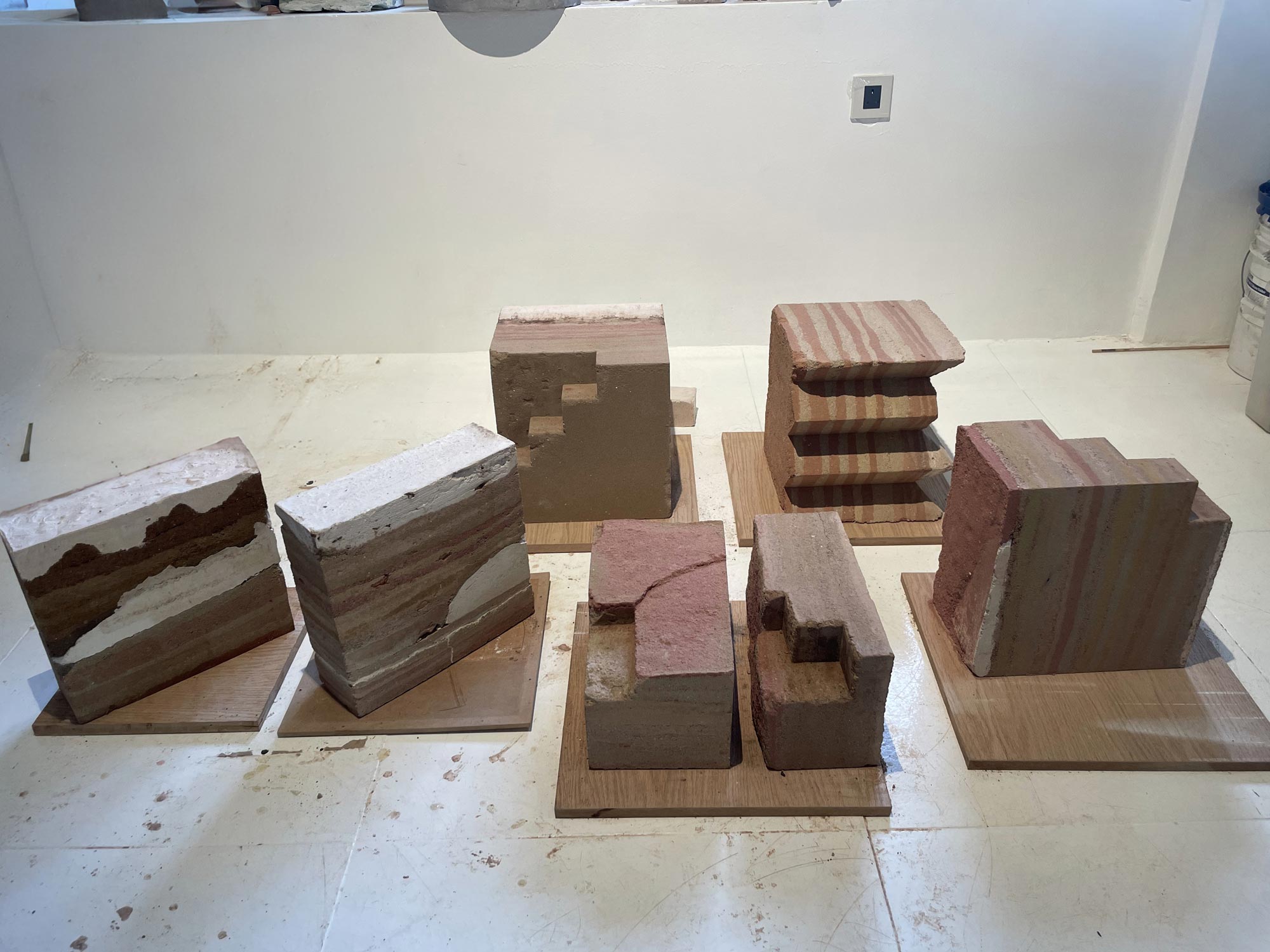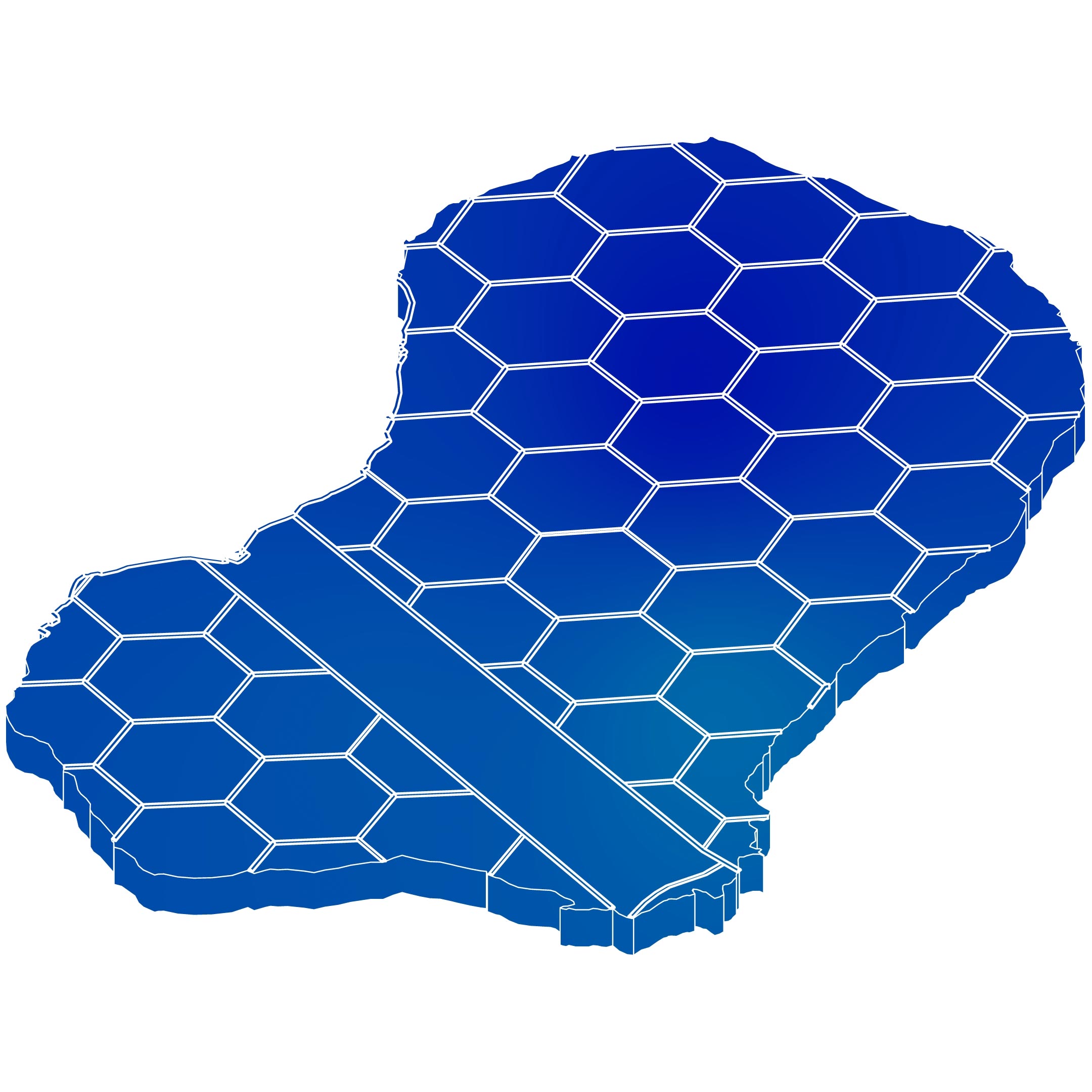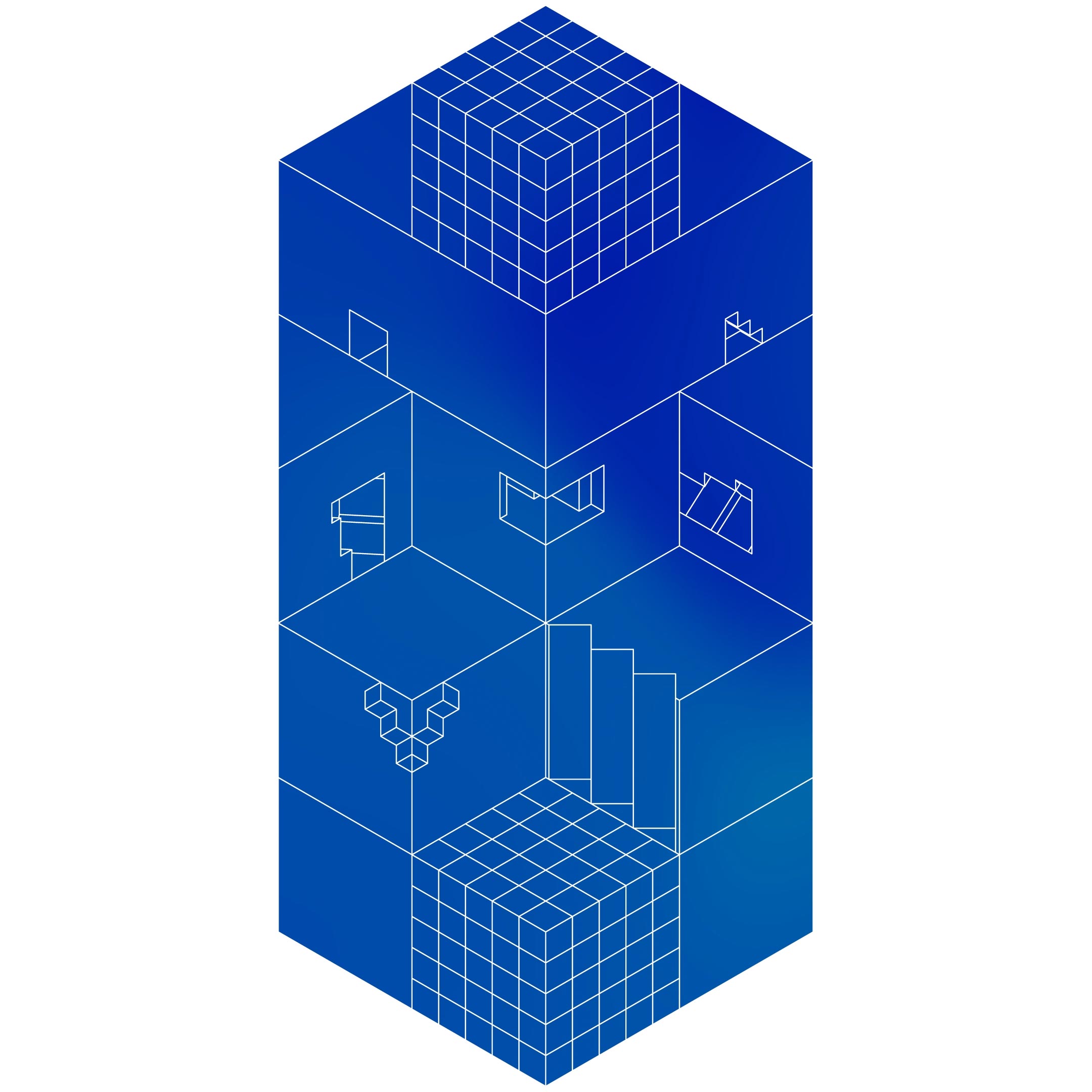
The Arabian Peninsula is dominated by vast deserts, which cover approximately 75% of its landmass. The largest of these is the Empty Quarter (Rub' al Khali), spanning Saudi Arabia, Yemen, Oman, and the UAE. To the north lies the Nefud Desert, while the coastal regions along the Red Sea and Persian Gulf, though visually reminiscent of inland deserts, exhibit distinct ecological characteristics. These varied landscapes contextualize the project, which explores the interplay between natural geography and cultural identity.
Supported by key institutions, including MISK, UNESCO, the Permanent Delegation of the Kingdom of Saudi Arabia to UNESCO, and the Diriyah Gate Development Authority. The project centers on Diriyah, the former capital of the first Saudi state. A landmark of cultural and architectural heritage, Diriyah features preserved ruins and restored structures that embody its historical significance. By reconstructing artifacts from these sites, the project bridges past and present, offering a contemporary interpretation of Diriyah’s architectural and material history.
The reconstructions utilize a carefully selected palette of materials, including silicone, sand, pigments, and casting compounds, chosen for their ability to evoke the textures and visual depth of the original structures. These reconstructions are not exact replicas but abstracted interpretations that retain the environmental and material essence of the originals. Through a focus on materiality and sensory engagement, the project provides a contemporary framework for experiencing Diriyah’s architectural legacy.
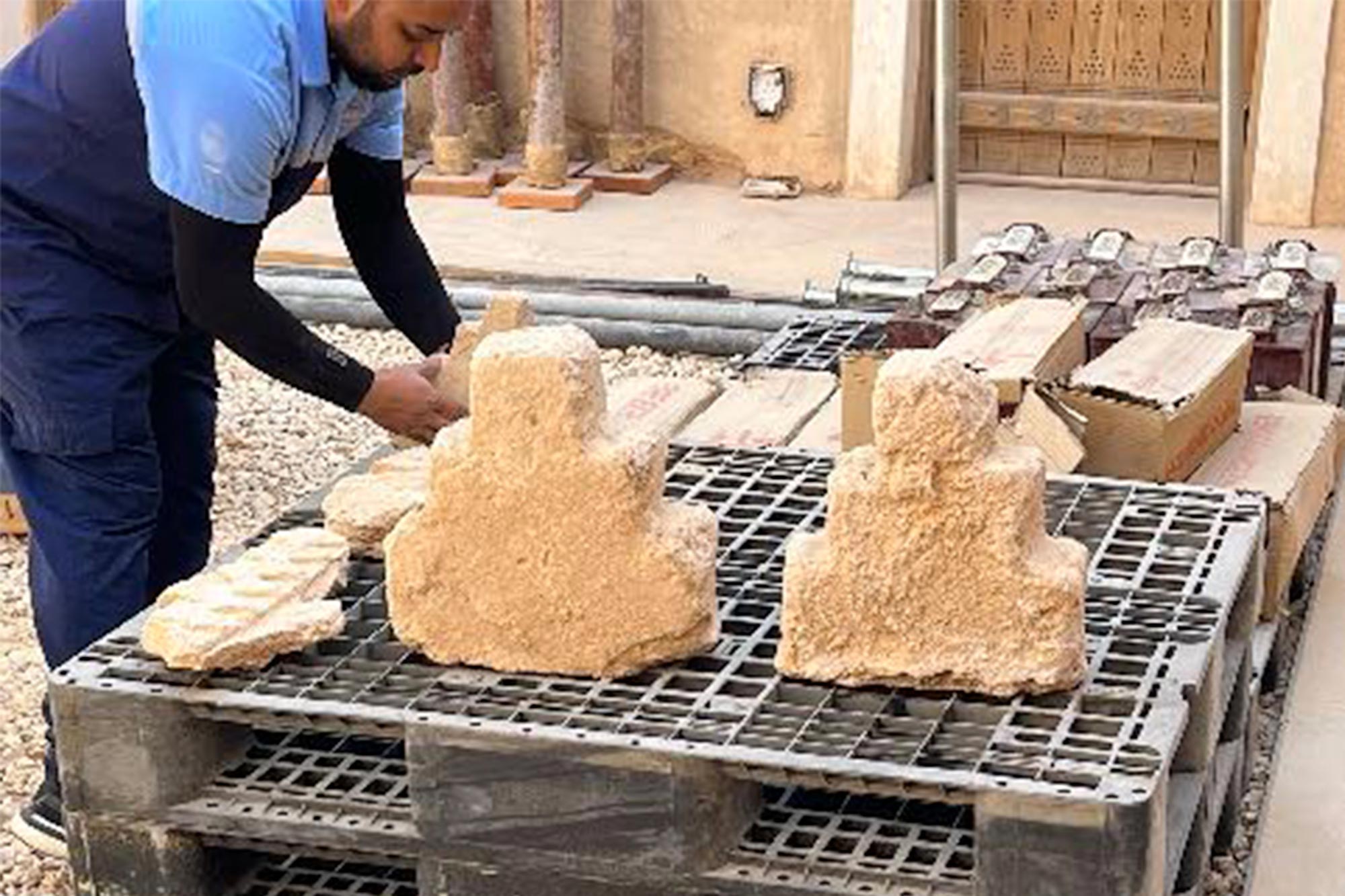
Grounded in the concept of genius loci ‘the spirit of place’ the project employs a design methodology centered on material experimentation and sensory immersion. This approach encourages viewers to engage with Diriyah’s history beyond visual observation, using tactile and textural elements to evoke memory, atmosphere, and spatial identity. Additionally, advanced casting techniques and environmental modeling reinterpret historical forms within a modern architectural framework, blending tradition with technological innovation.

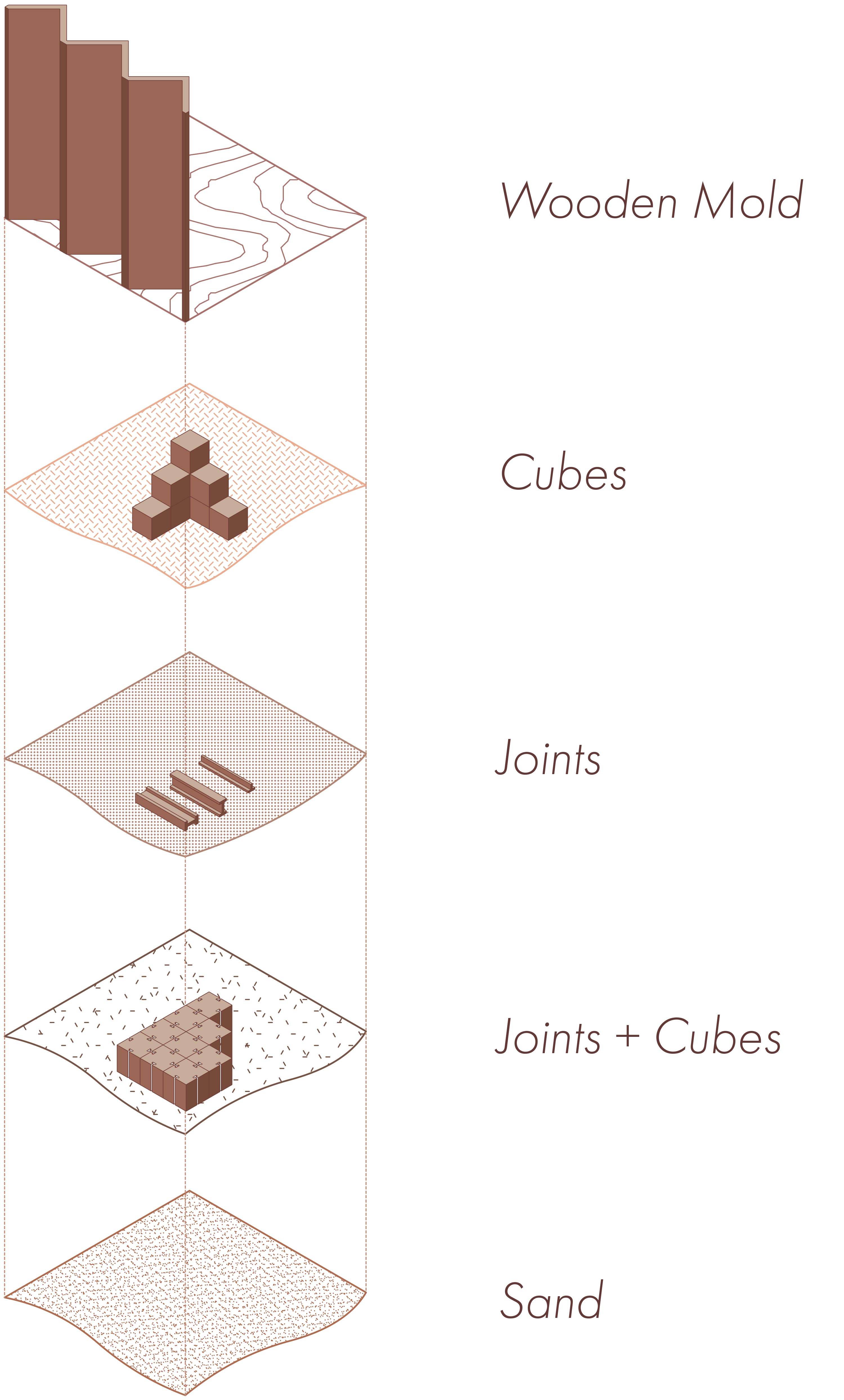
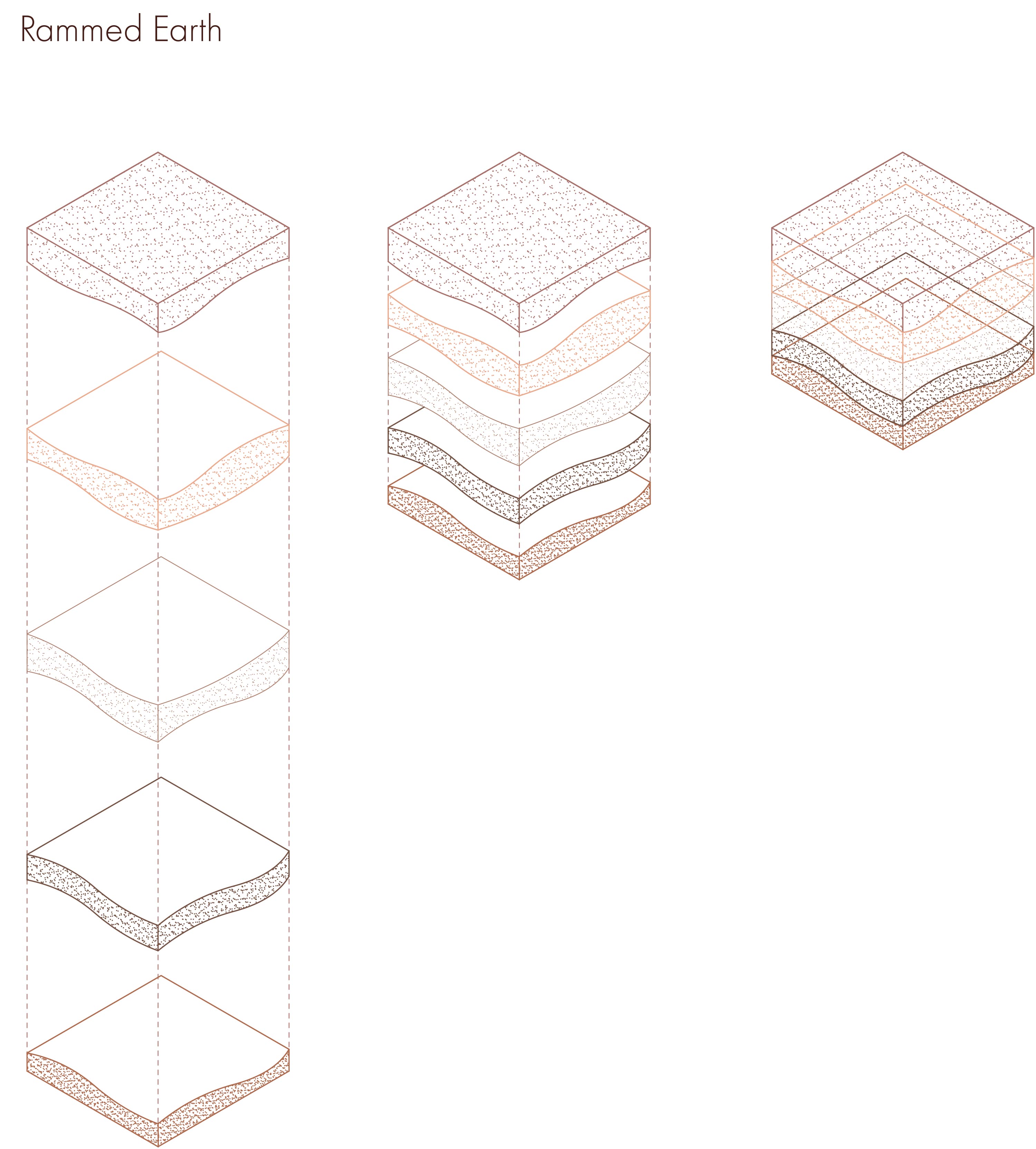
Functioning as both an artistic and historical endeavor, the project translates Diriyah’s past into a form that resonates with contemporary audiences. Rather than merely replicating history, Five Reconstructions reimagines it in a way that deepens the connection between the site and its visitors. This approach aligns with evolving discussions in architecture and heritage conservation, where material authenticity and experiential engagement are increasingly prioritized over traditional replication.
The exhibit presents an alternative way of experiencing historical spaces through a multi-sensory approach. By emphasizing materiality, tactility, and emotional resonance, it bridges historical narratives with contemporary perception. In doing so, it moves beyond conventional restoration efforts, positioning itself as an innovative model for cultural heritage interpretation. As technologies and methodologies in architectural reconstruction continue to evolve, projects like Five Reconstructions demonstrate how contemporary interventions can enhance our understanding of historical sites while preserving their intangible qualities.
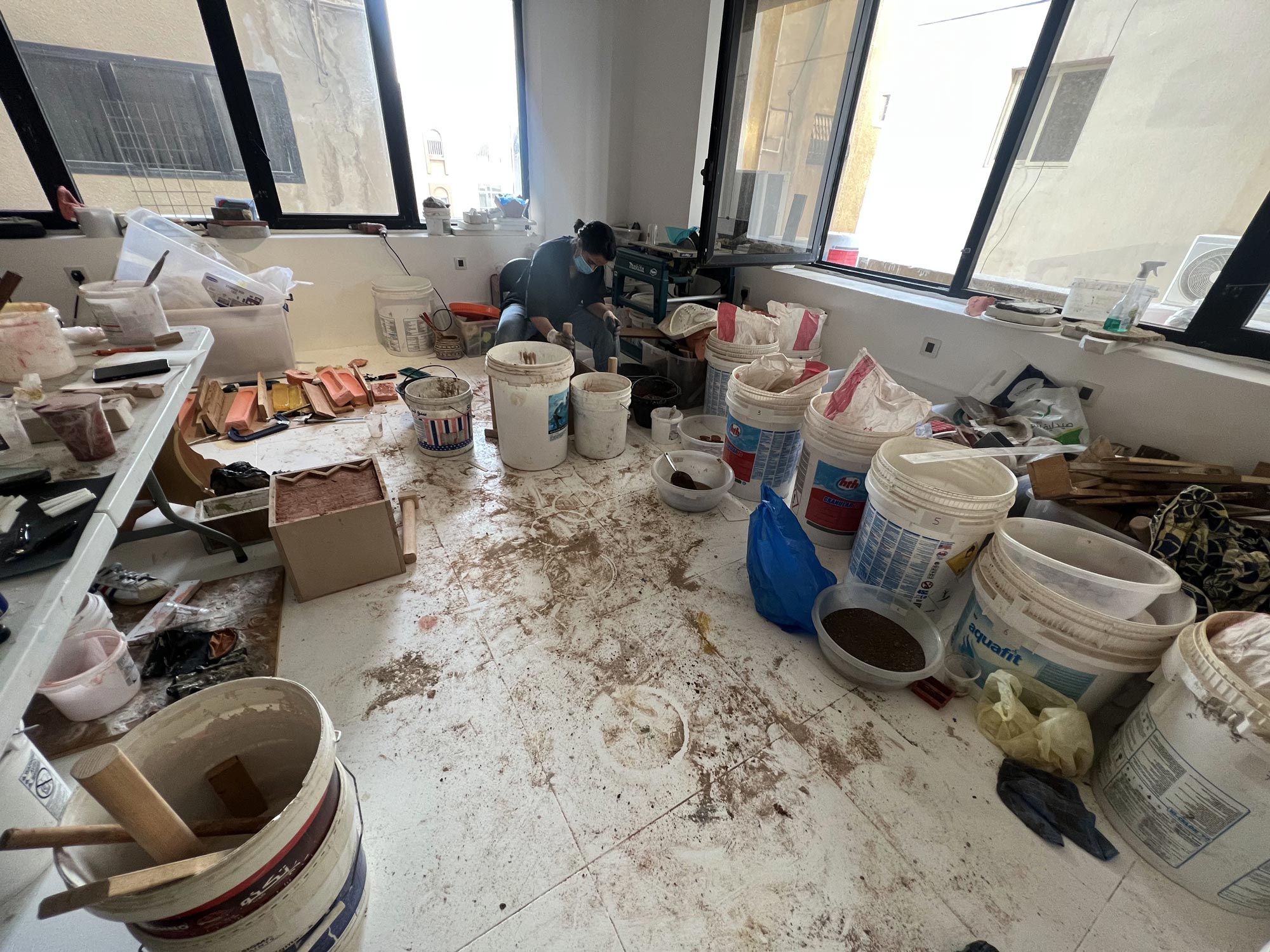
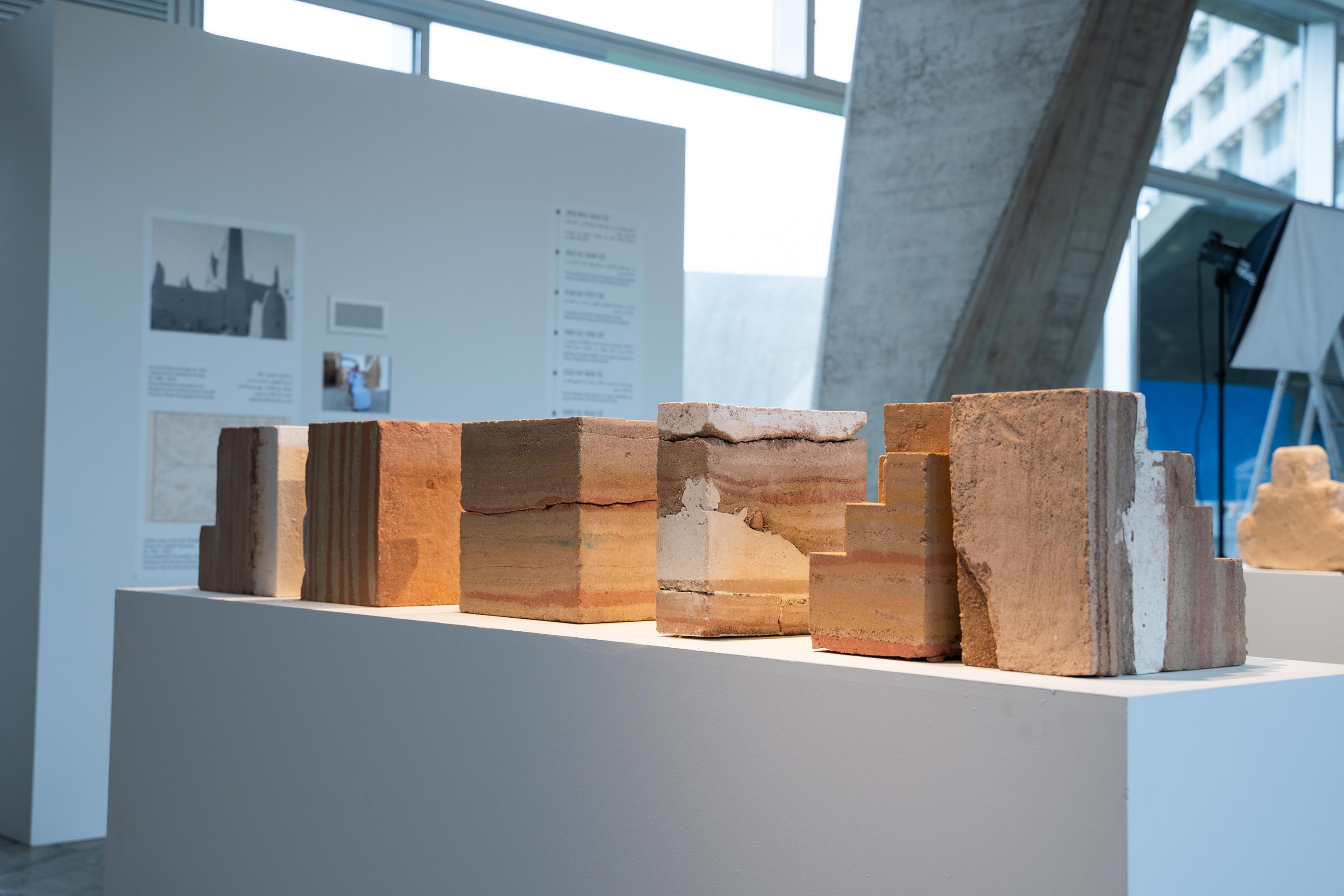
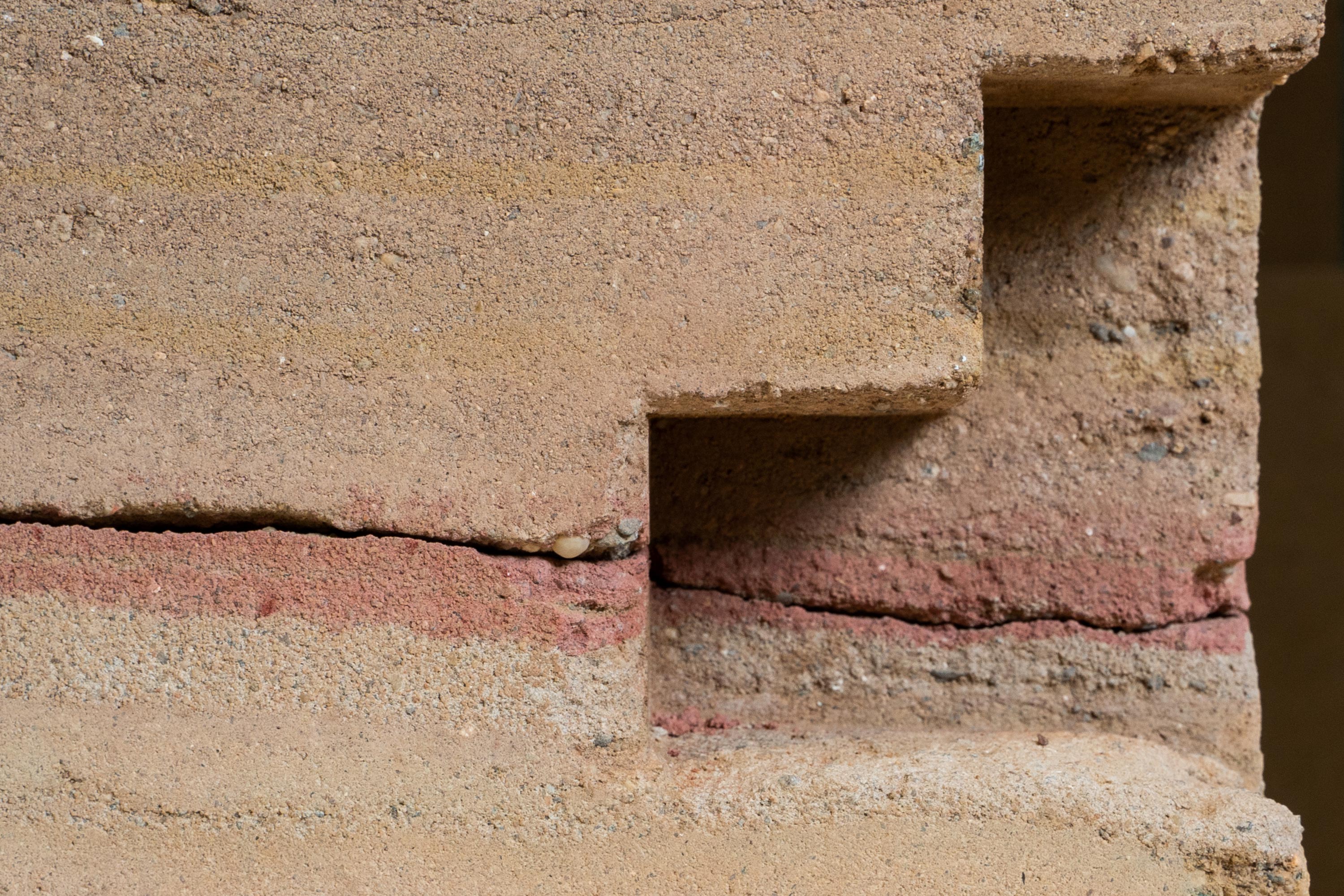
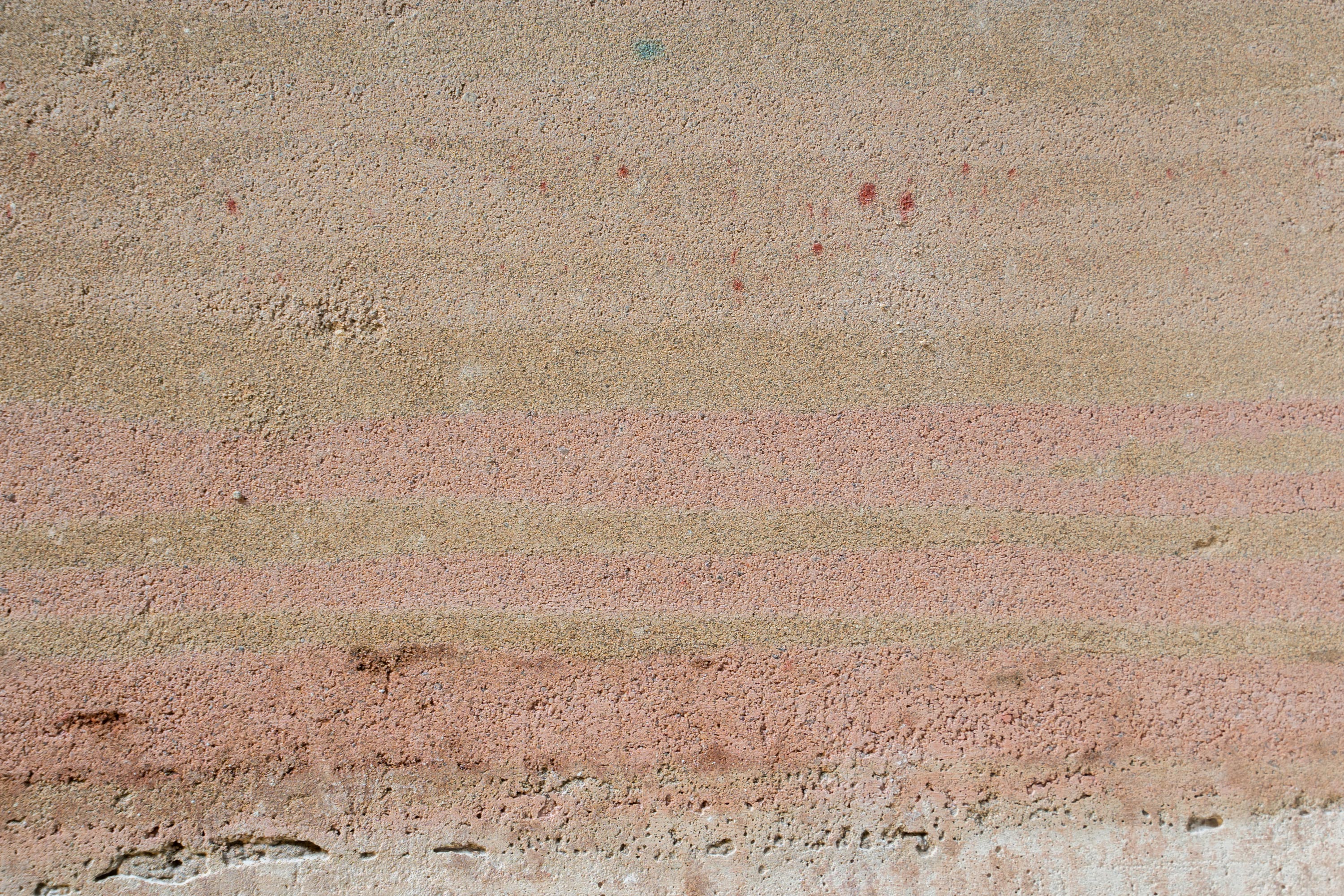
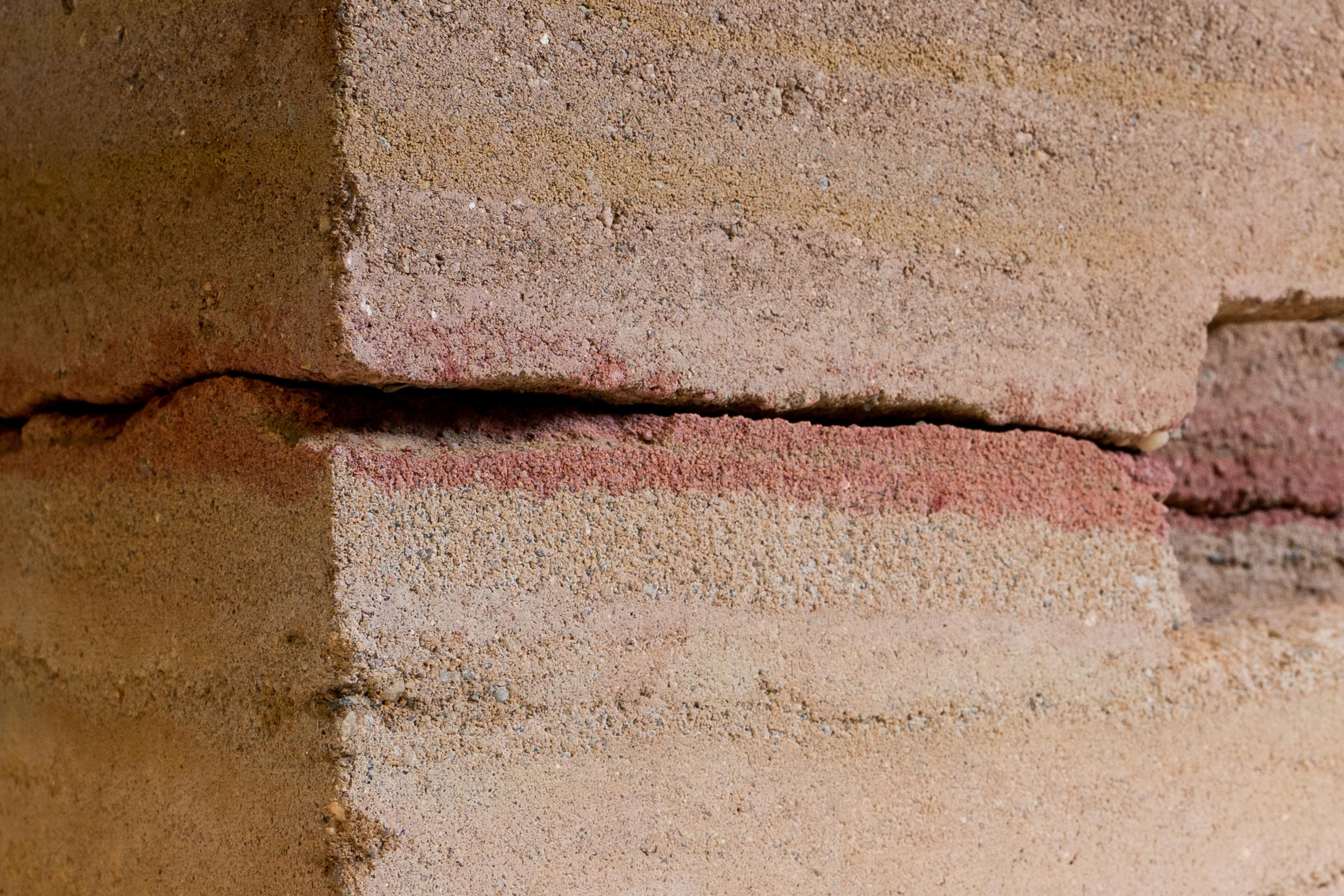
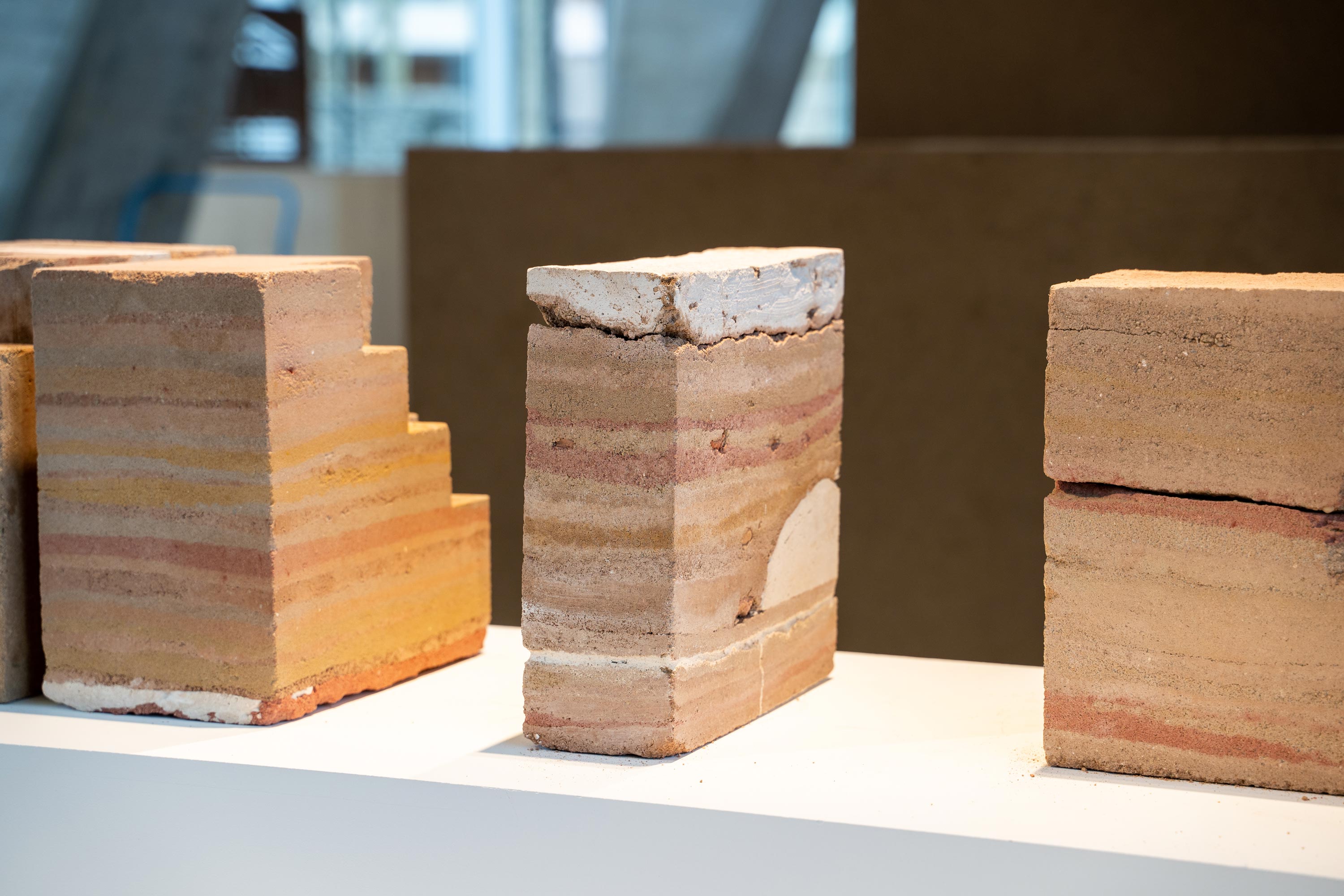
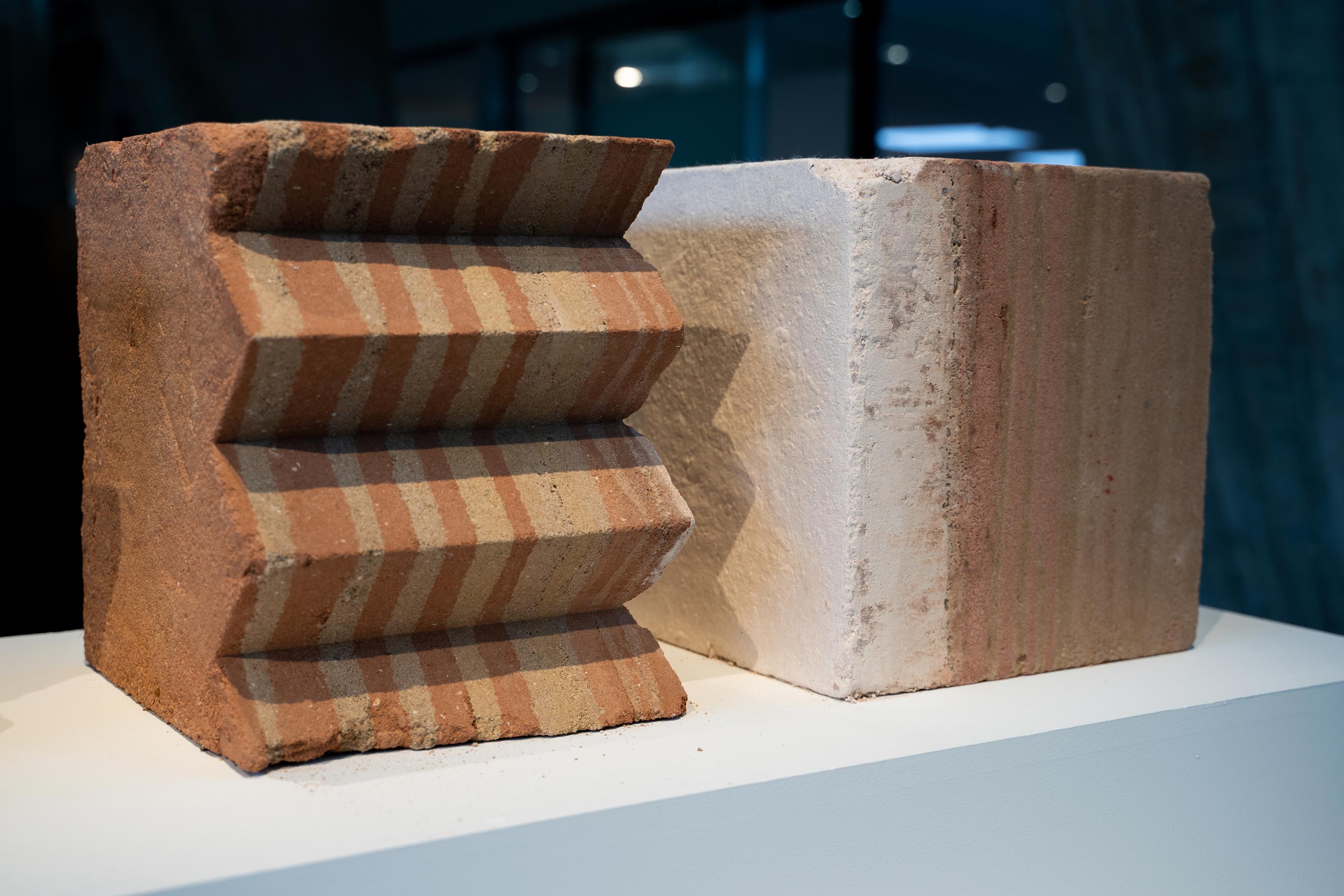
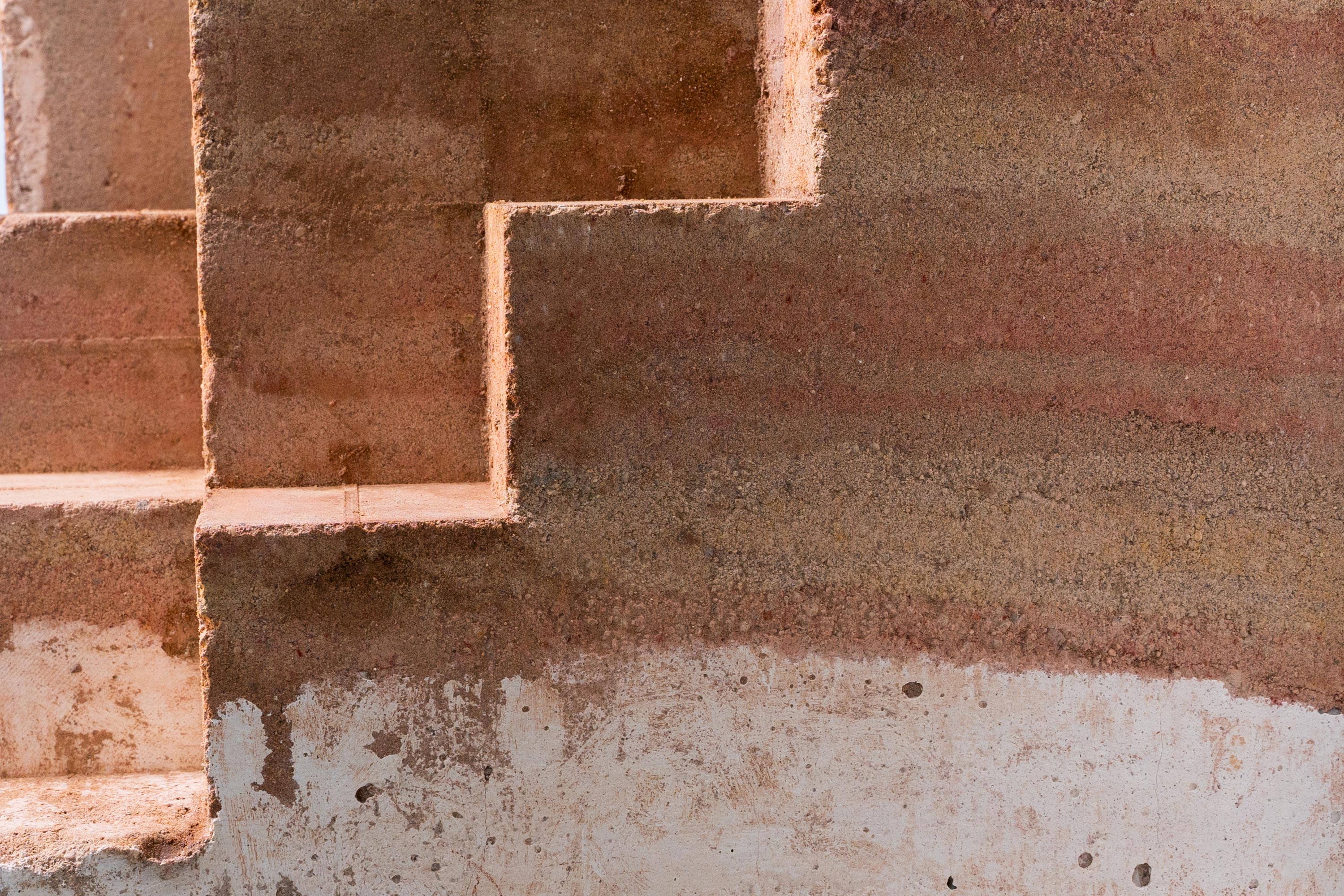
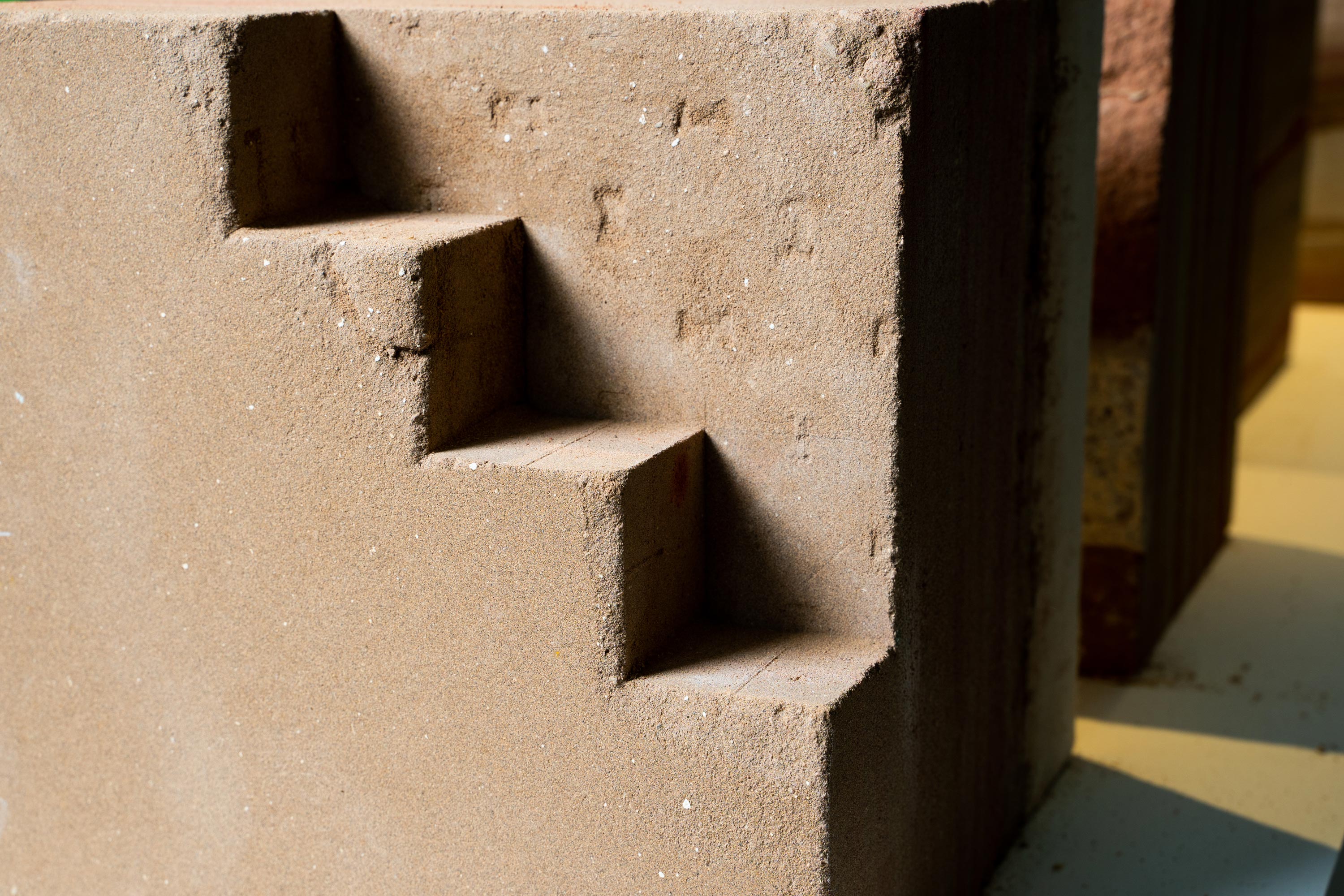
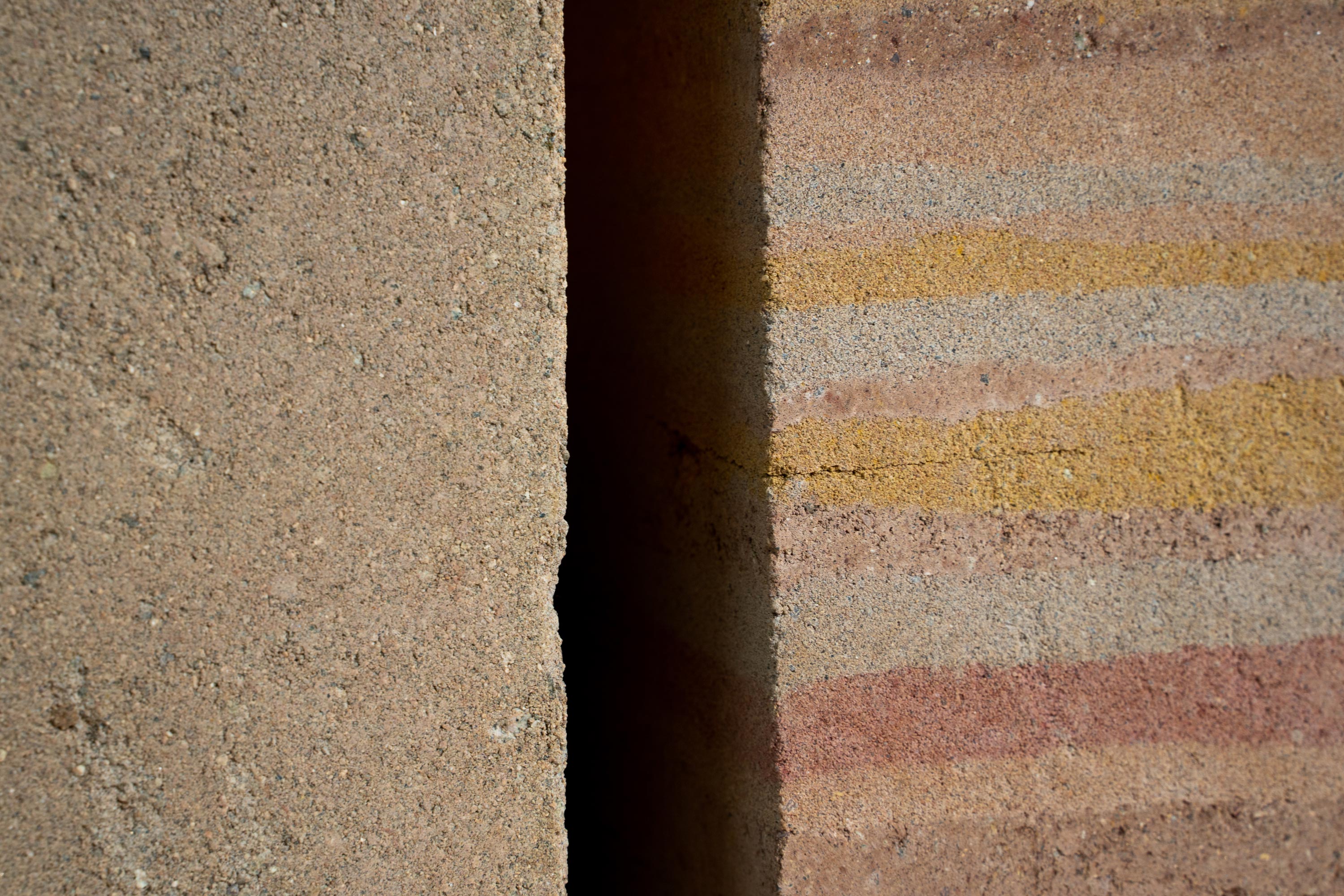
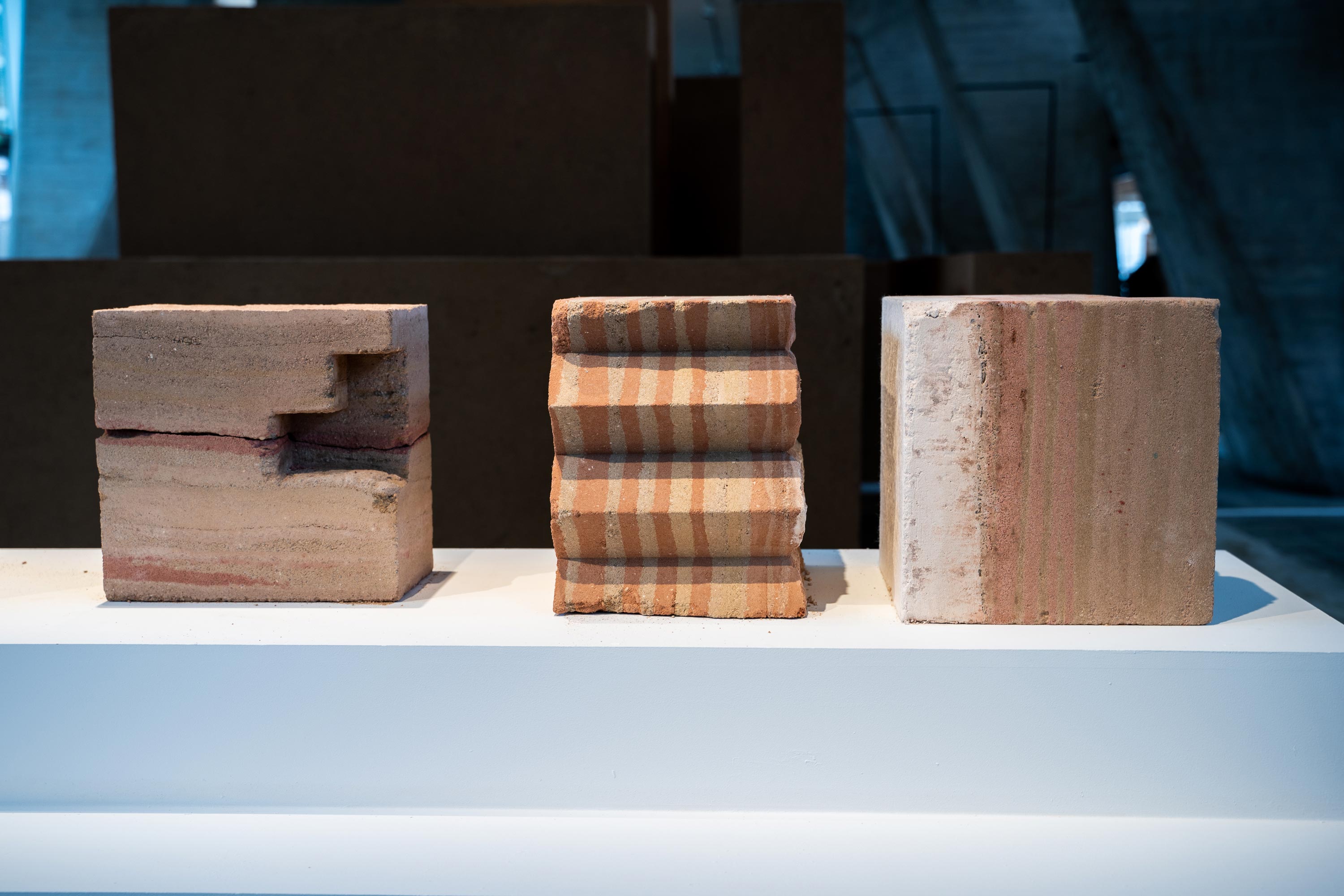
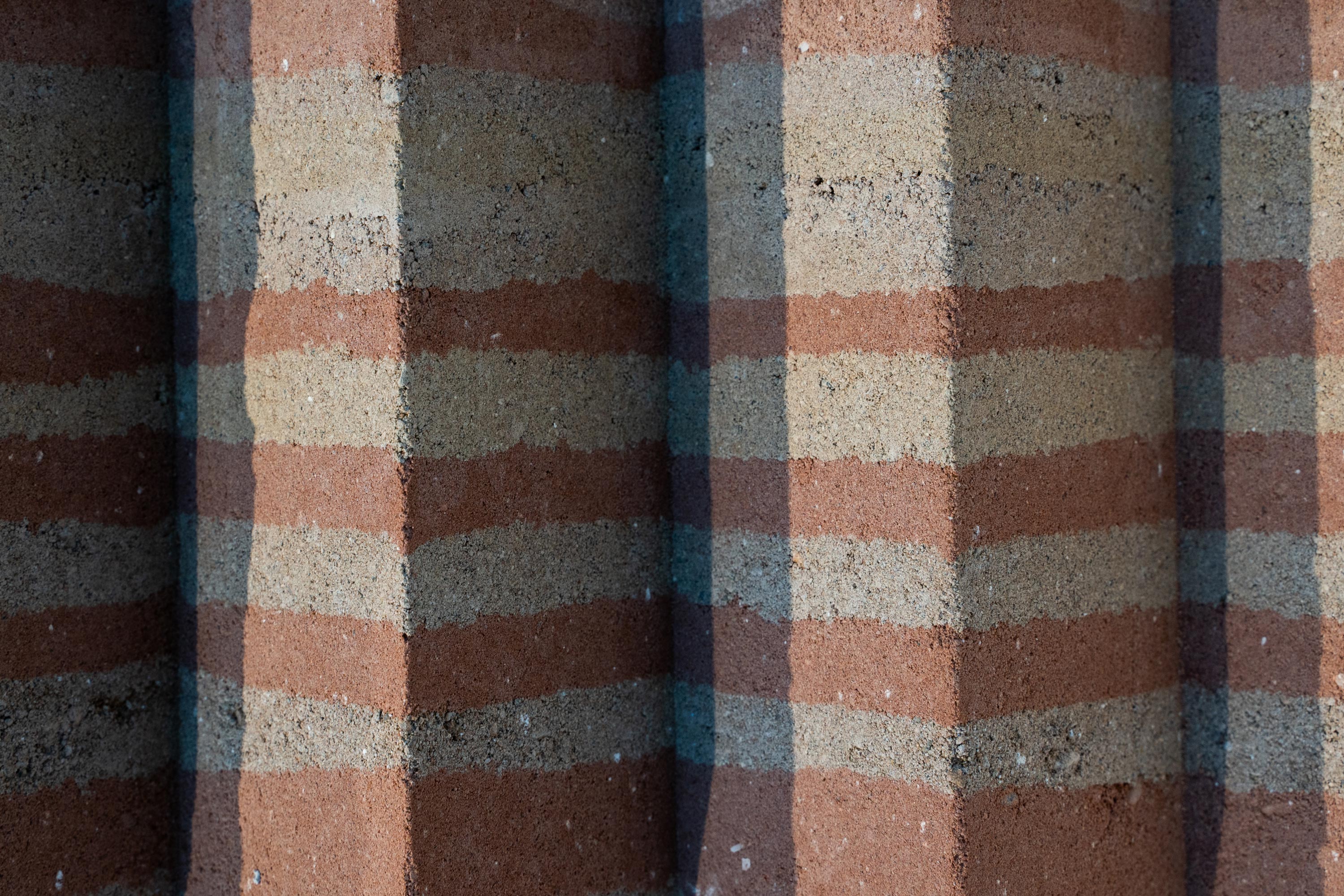
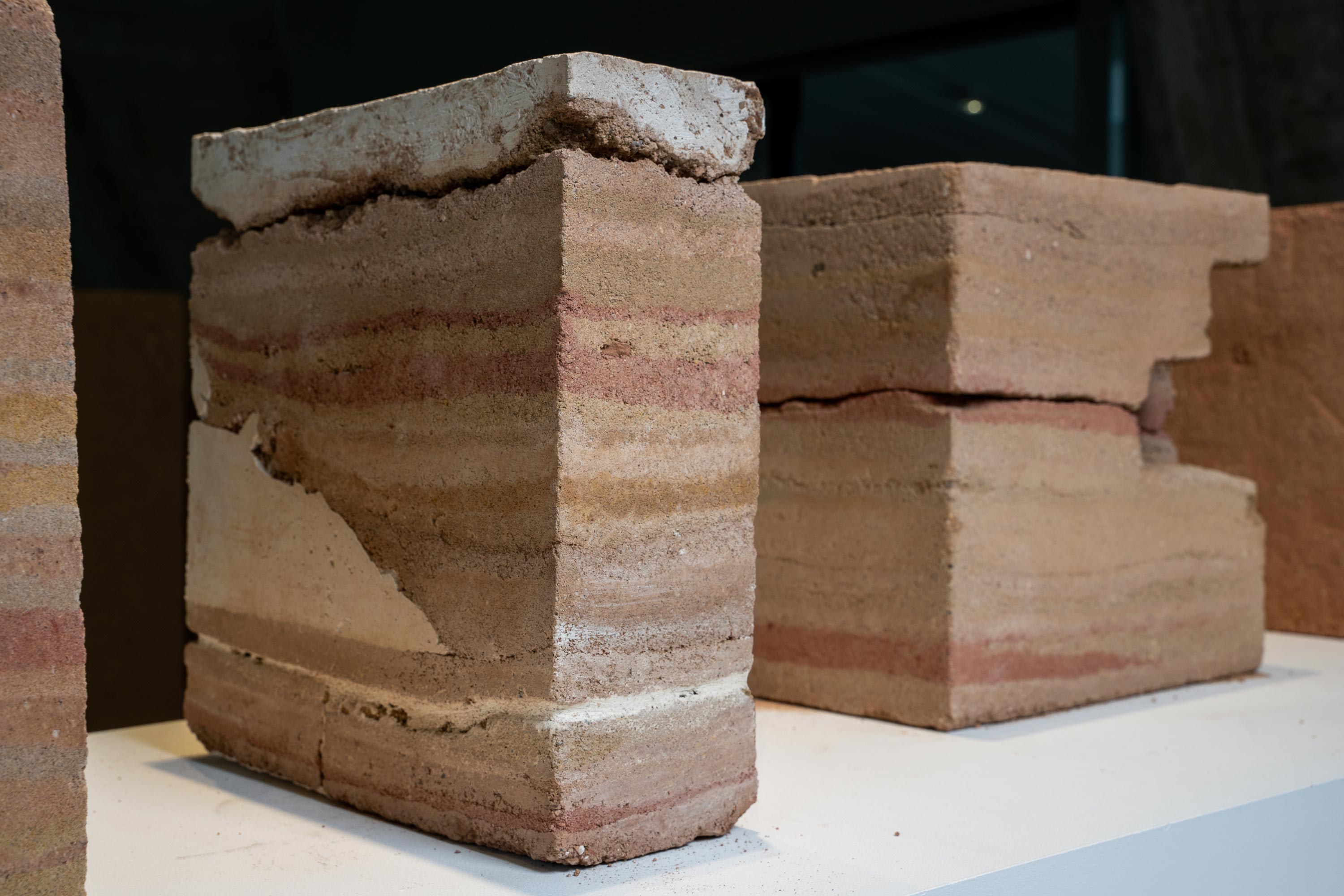


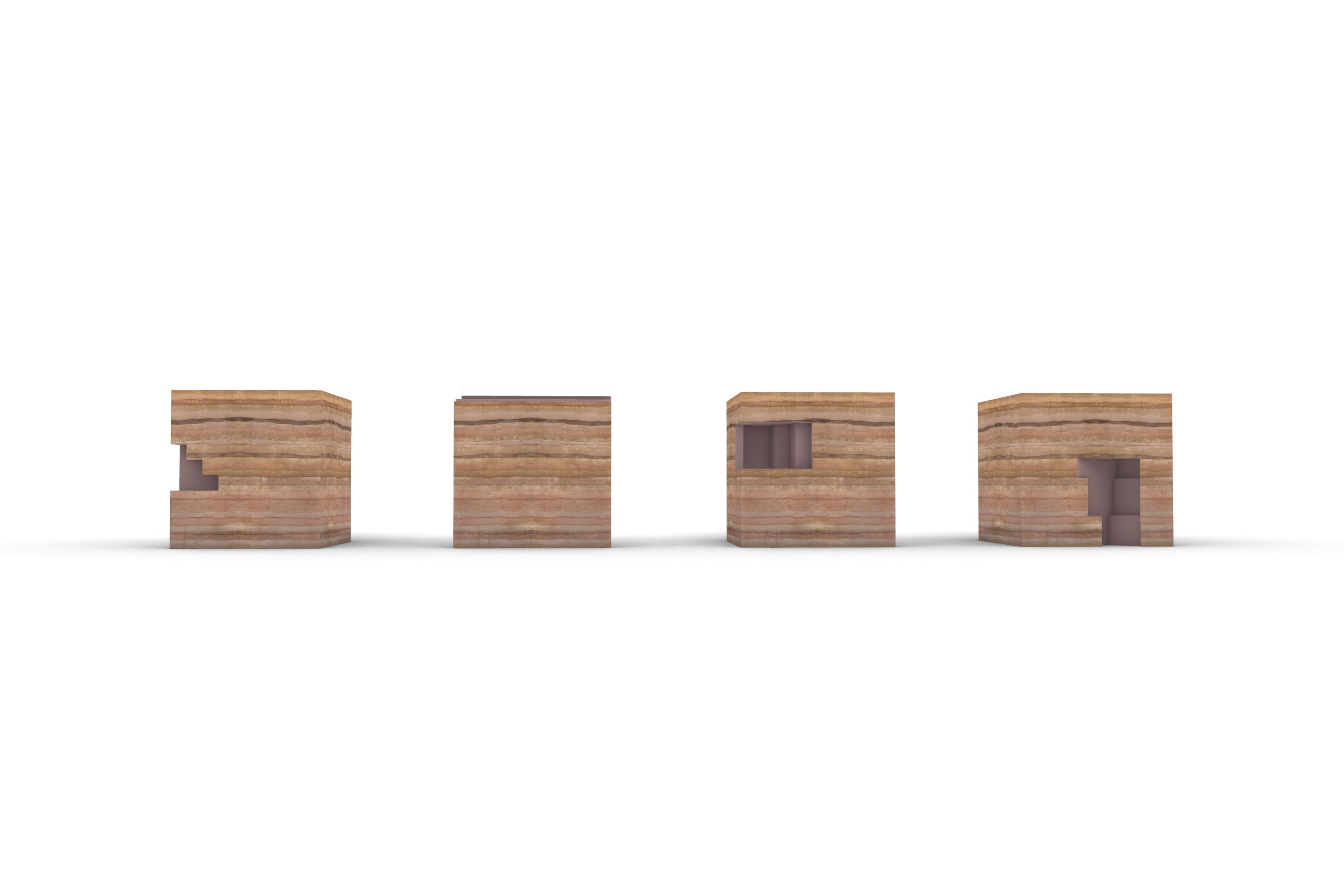
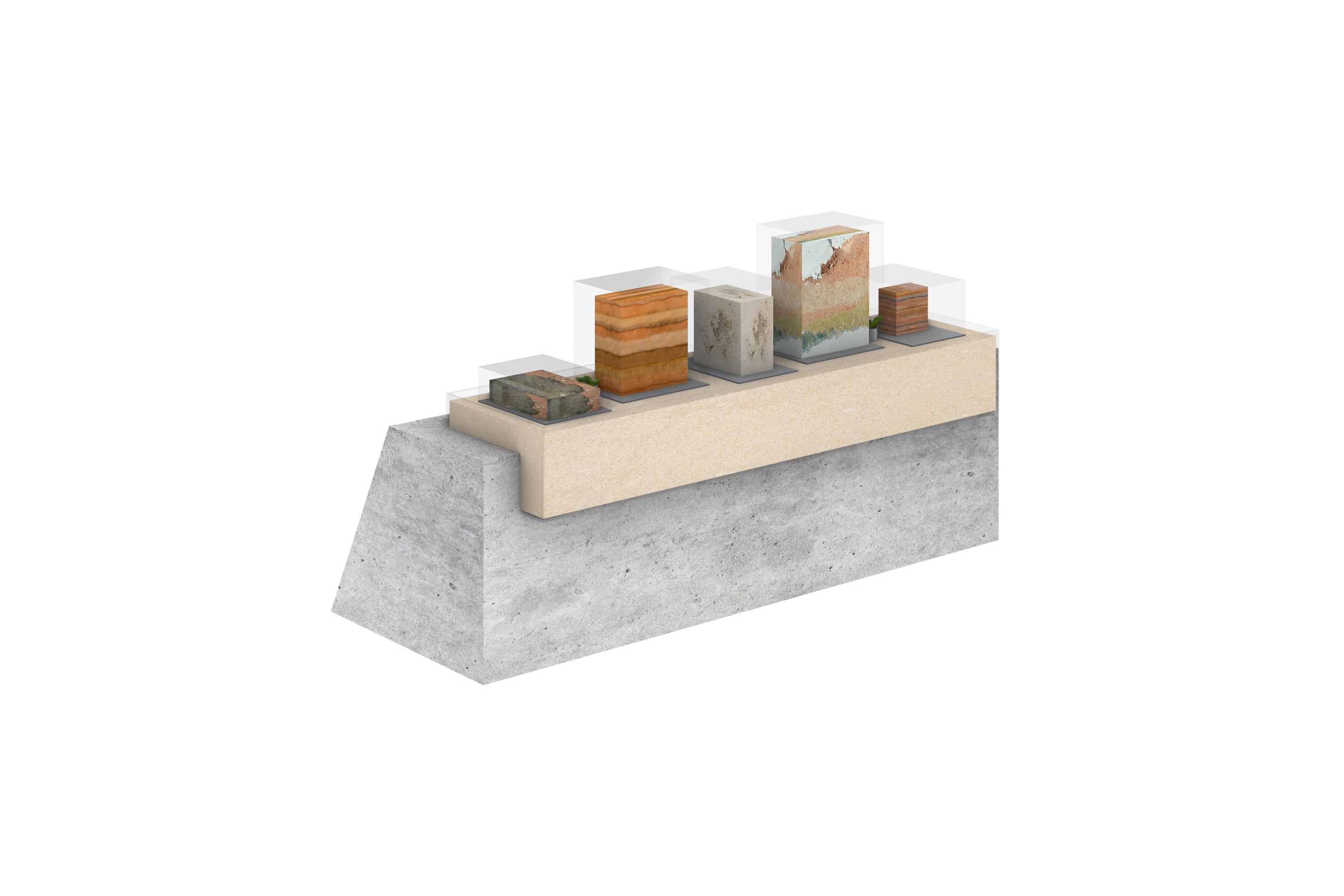
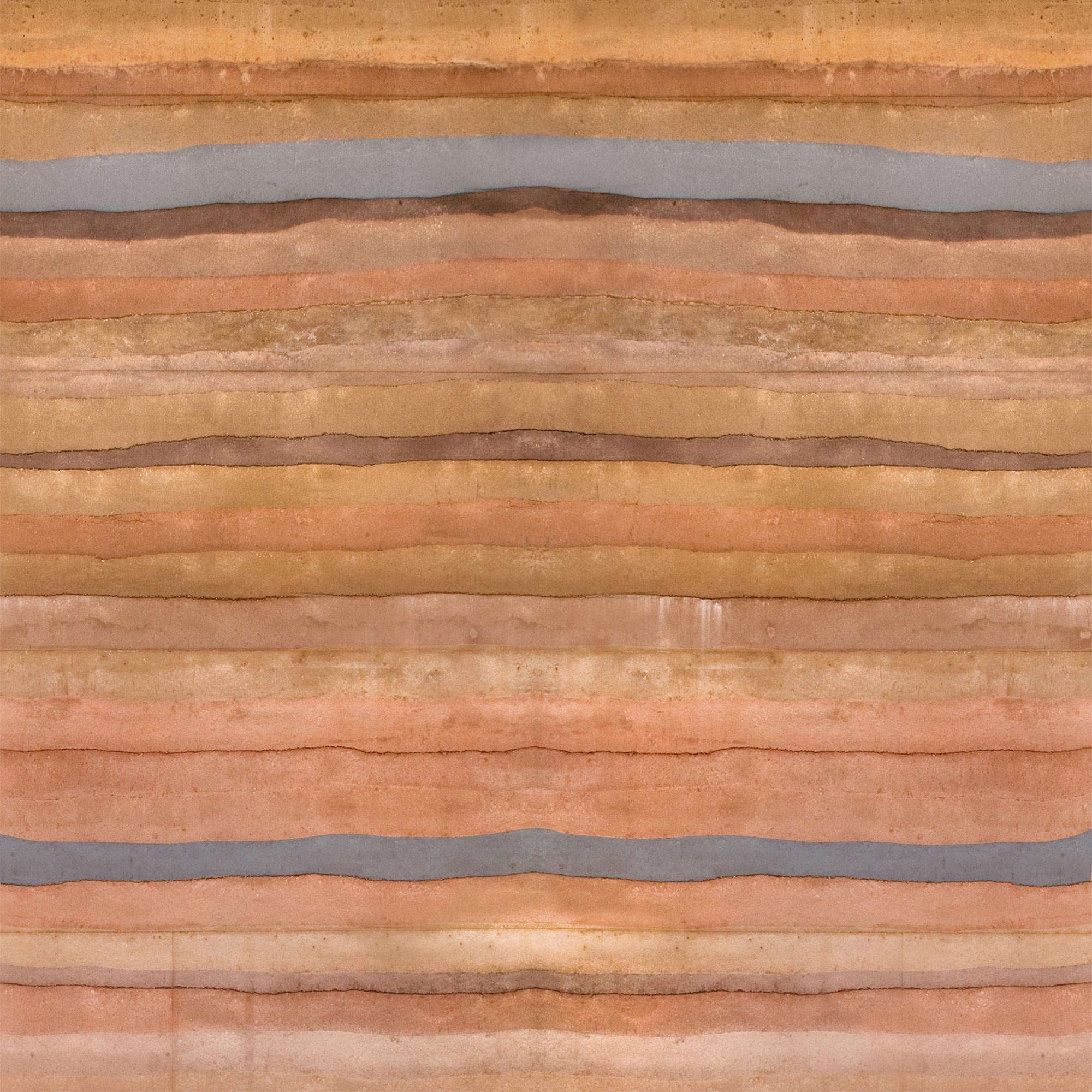
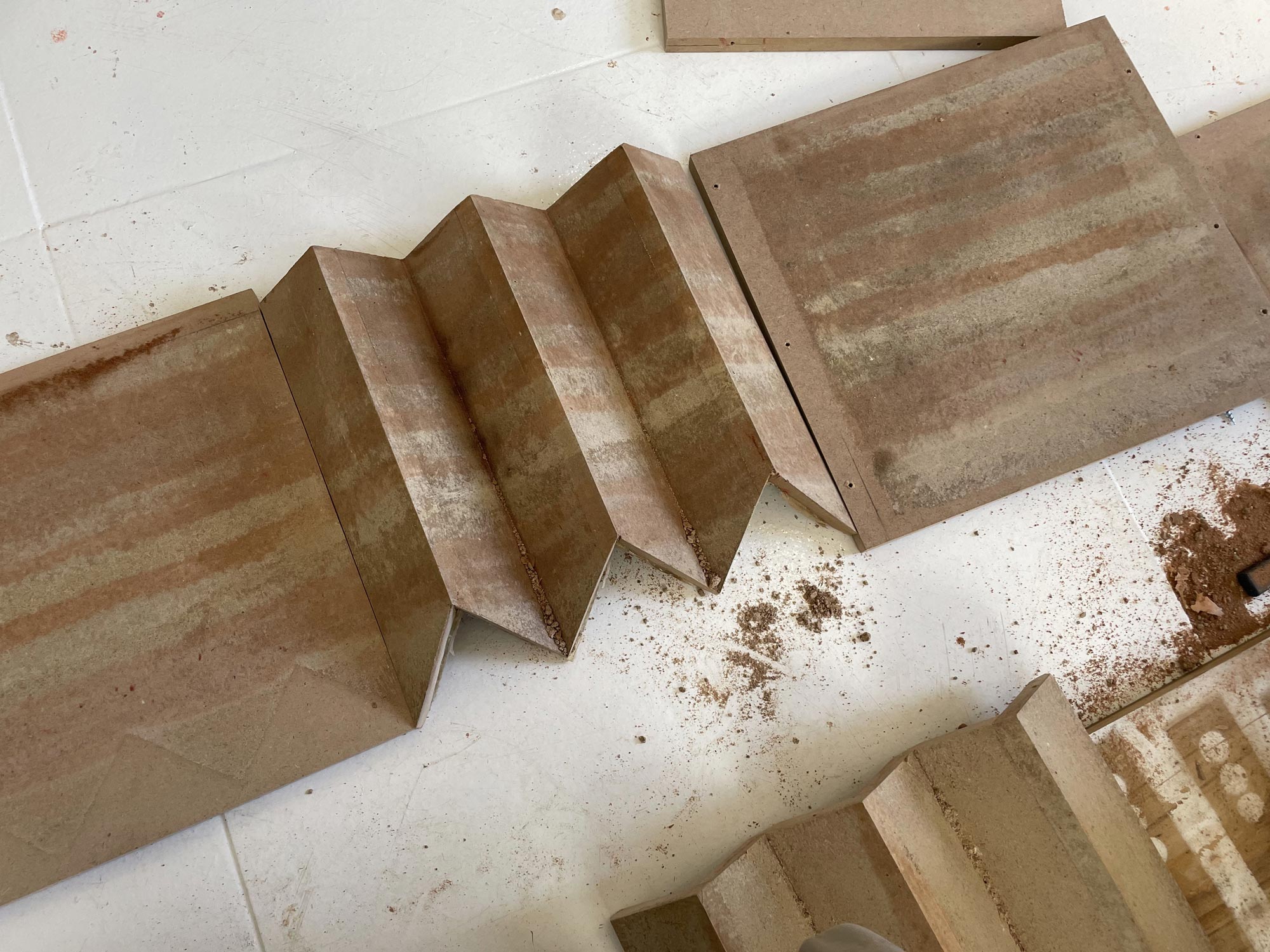
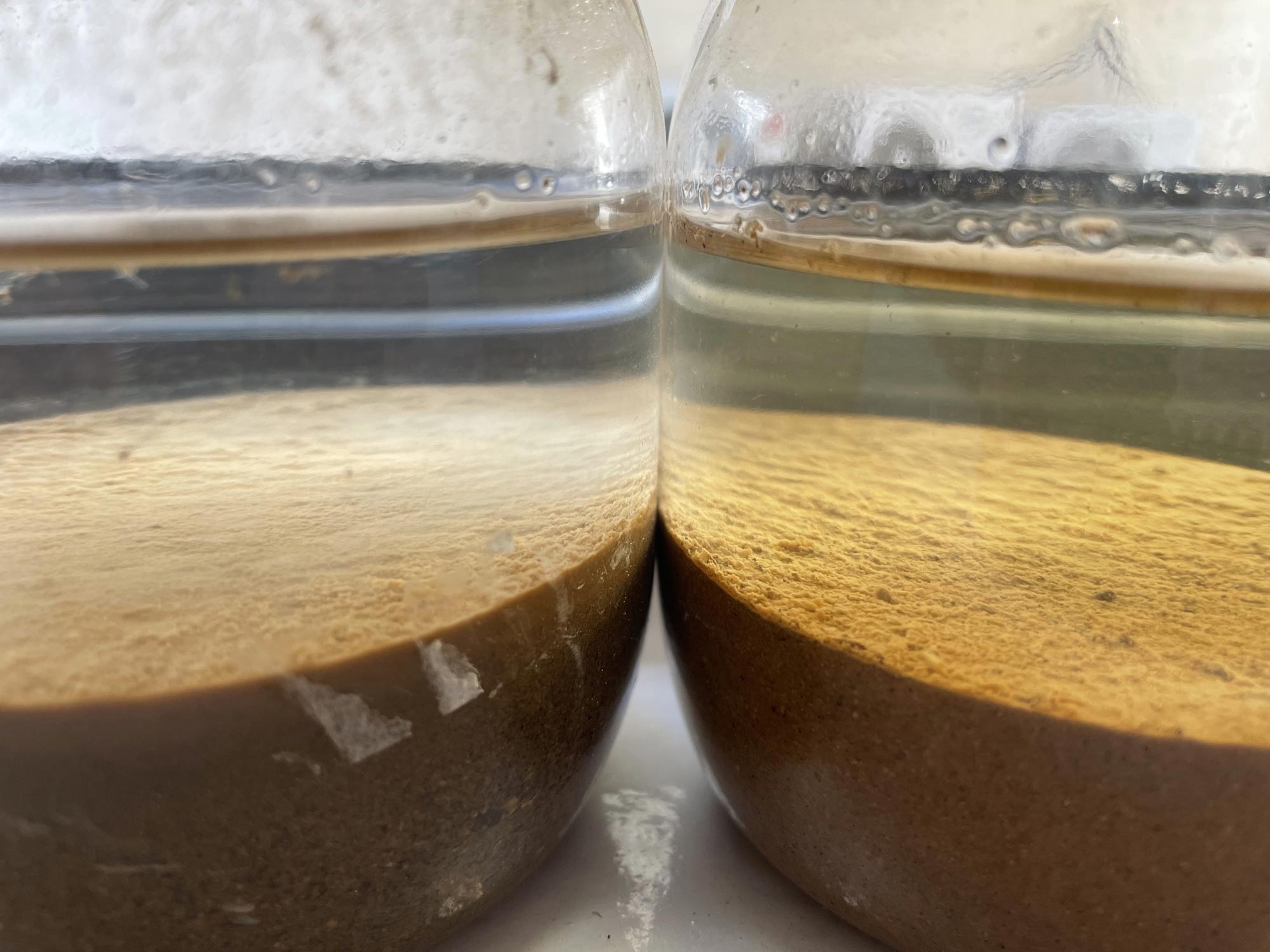
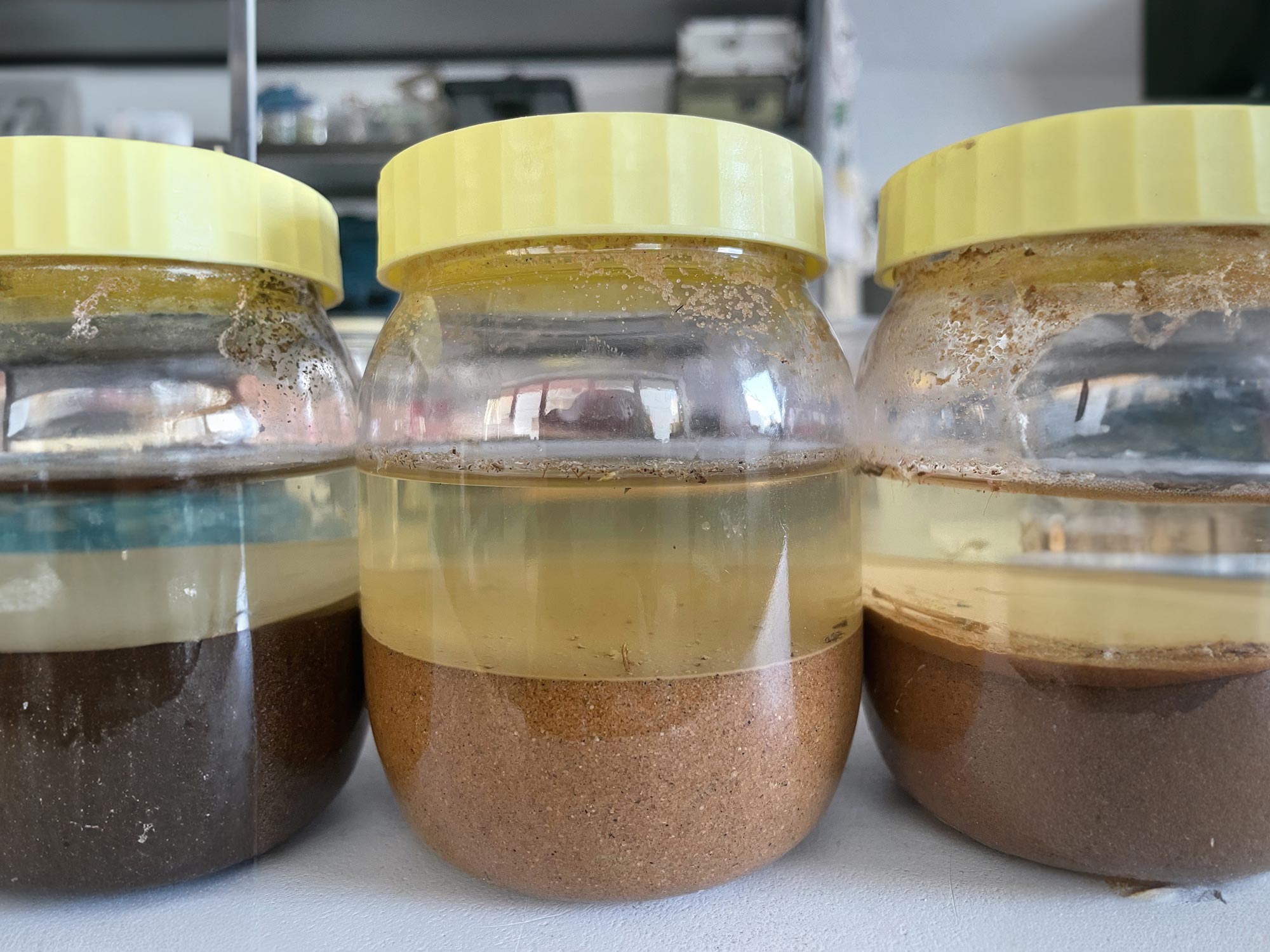
.jpg)
